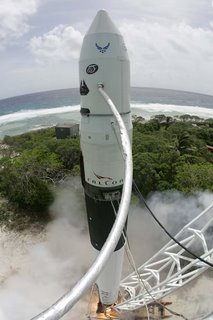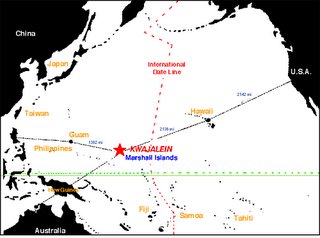I'm not so approving of gagging a scientist but I wonder how for sure we know that the last ice age (about 14,000 years ago) and the current glacial warming has the higher temperatures. The data we have is from tree rings and show the growth patterns. We did not have exact temperature readings 14,000 years ago. Our record of temperature readings are about 100 years old. I think we should analyze this data more. Yes we are in a climatic change. But we have so much more technical equipment to measure and record data. Here is Dr. Hansen's own words
from the Independent online:This new satellite data is a remarkable advance. We are seeing for the first time the detailed behavior of the ice streams that are draining the Greenland ice sheet. They show that Greenland seems to be losing at least 200 cubic kilometers of ice a year. It is different from even two years ago, when people still said the ice sheet was in balance.
He goes on to detail the rapid break up of the ice shelves. He then states:
Our understanding of what is going on is very new. Today's forecasts of sea-level rise use climate models of the ice sheets that say they can only disintegrate over a thousand years or more. But we can now see that the models are almost worthless. They treat the ice sheets like a single block of ice that will slowly melt. But what is happening is much more dynamic.
I agree this is very new. Our old models of ice shelves melting are way off.
How fast can this go? Right now, I think our best measure is what happened in the past. We know that, for instance, 14,000 years ago sea levels rose by 20m in 400 years - that is five meters in a century. This was towards the end of the last ice age, so there was more ice around. But, on the other hand, temperatures were not warming as fast as today.
How far can it go? The last time the world was three degrees warmer than today - which is what we expect later this century - sea levels were 25m higher. So that is what we can look forward to if we don't act soon. None of the current climate and ice models predict this. But I prefer the evidence from the Earth's history and my own eyes. I think sea-level rise is going to be the big issue soon, more even than warming itself.
Again, he is looking at the past climatic record. One, the last ice age was three degrees warmer than today, but the Sea levels are going to be higher (20MM previously to 25MM currently).











